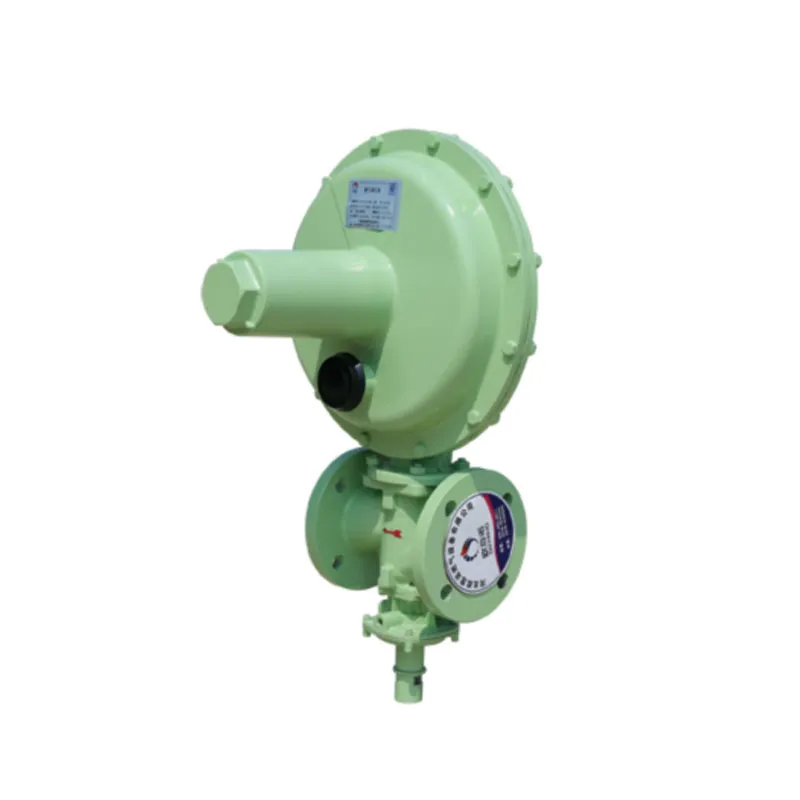
Nov . 28, 2024 06:22
Back to list
Understanding the Functionality and Applications of Cyclone Separation Technology
Understanding Cyclone Separators Principles, Design, and Applications
Cyclone separators are essential mechanical devices used in diverse industries to separate particulate matter from gases or liquids based on the principle of centrifugal force. These separators utilize the unique physical properties of particles to efficiently remove them from the gas or liquid stream, making them vital in air pollution control, processing industries, and various engineering applications.
Principle of Operation
The operation of a cyclone separator relies on the principle of centrifugal force, which is generated as a fluid enters the cyclone at high speed. When the fluid enters the cyclone, it is directed into a spiraling motion within a conical-shaped chamber. This rapid rotation causes the particles in the fluid, which are denser than the medium, to be thrown outward against the walls of the cyclone due to centrifugal forces. As a result, the heavier particles migrate downwards to the collection hopper at the bottom while the cleaner gas or liquid moves upward and exits through the top.
The design of a cyclone separator is crucial for its performance. Factors like the inlet shape, the dimensions of the cyclone, and the outlet configuration all play significant roles in the separator’s efficiency. Typically, a well-designed cyclone can achieve separation efficiencies of over 90%, depending on the nature of the particles being separated and the specific operating conditions.
Design Considerations
When designing a cyclone separator, several factors need to be taken into account
1. Inlet Design The inlet should facilitate the smooth entry of the fluid while minimizing turbulence, which can adversely affect separation efficiency.
2. Size and Geometry The diameter and height of the cyclone impact its operational capability. A larger diameter cyclone might handle higher volumes of fluid but could be less efficient for smaller particles.
3. Material of Construction The materials used in the construction of cyclone separators should ensure durability and resistance to wear and corrosion, particularly if handling abrasive materials.
4. Operating Conditions Parameters such as pressure, temperature, and the properties of the fluid being processed influence the cyclone's design and efficiency. Understanding the specific application helps in tailoring the cyclone for optimal performance.
Applications of Cyclone Separators
cyclone separator

Cyclone separators find application in various industries, including
- Air Pollution Control Cyclone separators are widely used to capture dust and particulate matter in industries such as cement, mining, and metal processing. They help reduce emissions and comply with environmental regulations.
- Oil and Gas Industry In oil drilling and refining, cyclones are utilized to separate water from crude oil and to remove solids from gas streams.
- Pharmaceuticals and Food Processing Cyclone separators can also be employed to ensure product purity by removing contamination from the air and materials used in the manufacturing process.
- Chemical Applications In chemical processing, cyclones are instrumental in separating products from by-products, ensuring a cleaner and more efficient operation.
Advantages of Cyclone Separators
The use of cyclone separators offers several advantages, including
- Low Maintenance Requirements With no moving parts, cyclone separators typically require minimal maintenance and have a long operational lifespan.
- Efficiency in Operation These separators are capable of handling large volumes of gas or liquid and can efficiently separate particles of various sizes.
- Cost-Effectiveness Cyclone separators are relatively inexpensive to construct and operate, making them a favorable choice for many applications.
Conclusion
In summary, cyclone separators are indispensable tools in modern industrial processes, providing an effective means to separate solid particles from gases or liquids. With a design centered around the principles of centrifugal force, these devices can achieve high separation efficiencies while offering various operational benefits. Their wide range of applications, from environmental protection to process optimization, underscores their importance in promoting cleaner technologies and improved industrial practices. As industries continue to seek sustainable and cost-effective solutions, the role of cyclone separators is likely to grow, driving innovations in their design and application.
Latest news
-
Safety Valve Spring-Loaded Design Overpressure ProtectionNewsJul.25,2025
-
Precision Voltage Regulator AC5 Accuracy Grade PerformanceNewsJul.25,2025
-
Natural Gas Pressure Regulating Skid Industrial Pipeline ApplicationsNewsJul.25,2025
-
Natural Gas Filter Stainless Steel Mesh Element DesignNewsJul.25,2025
-
Gas Pressure Regulator Valve Direct-Acting Spring-Loaded DesignNewsJul.25,2025
-
Decompression Equipment Multi-Stage Heat Exchange System DesignNewsJul.25,2025

